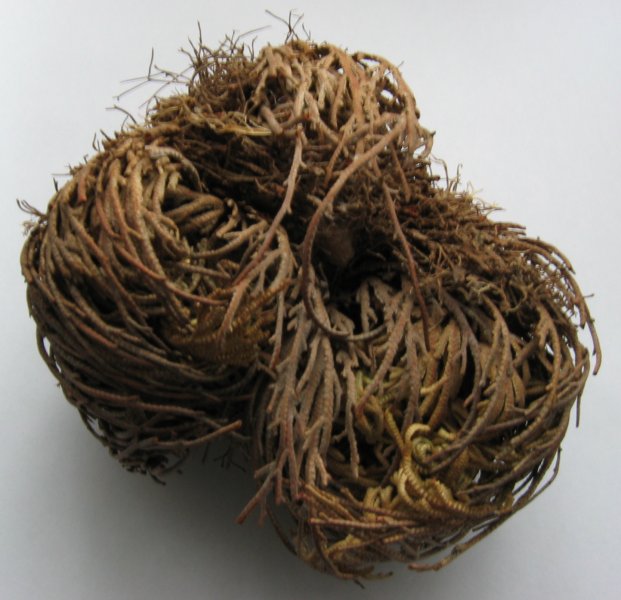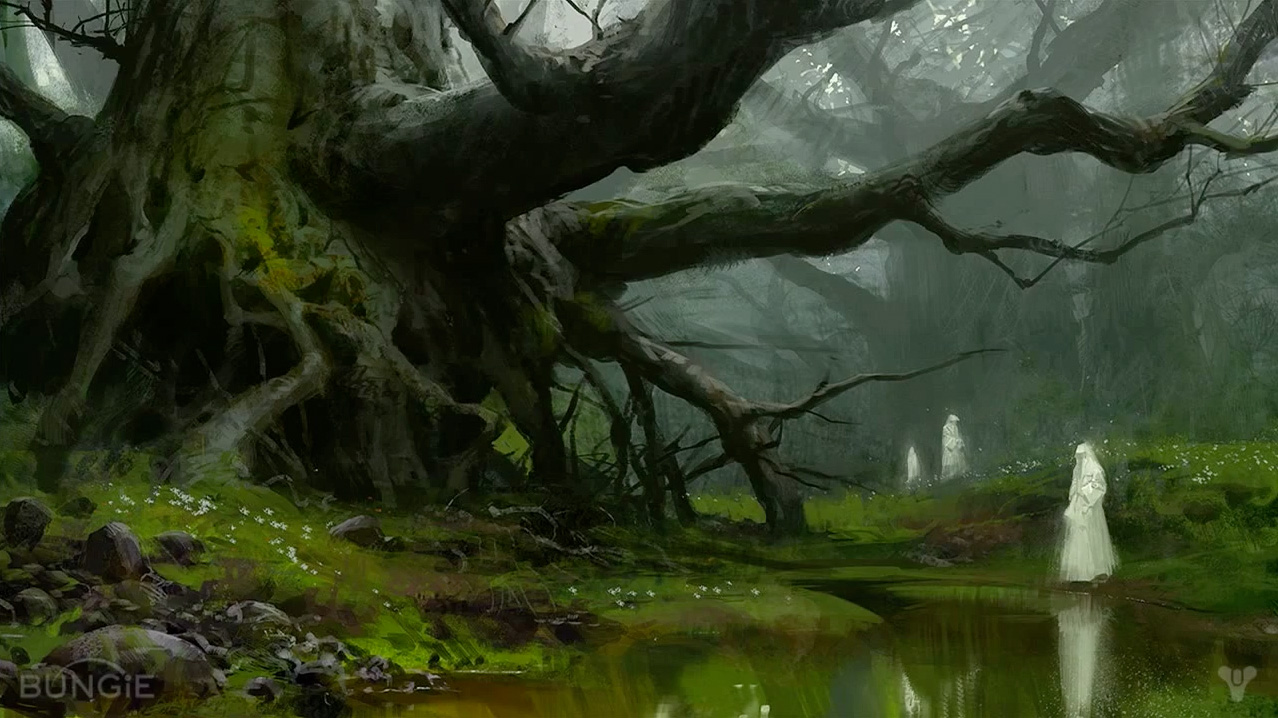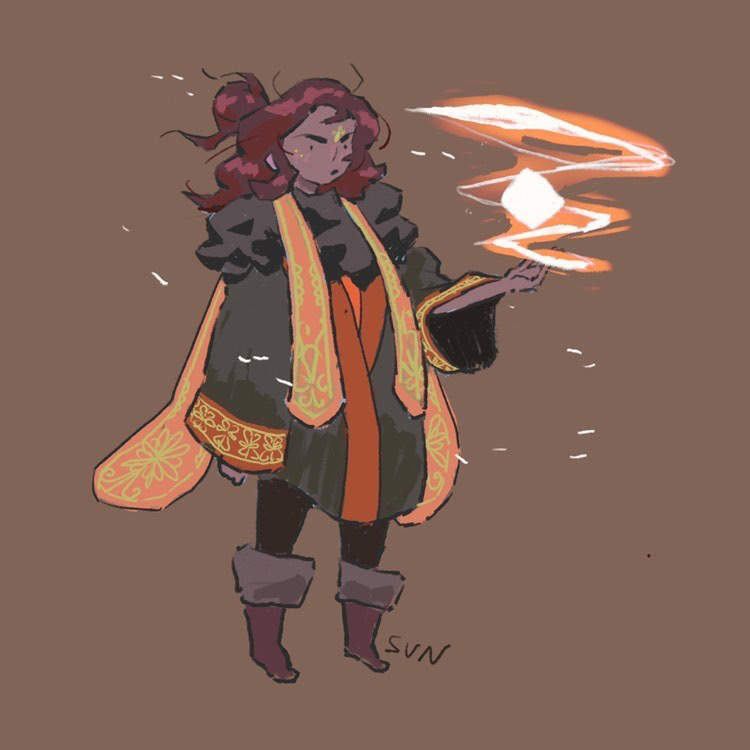To Alexius...
...It was then that we saw them, the procession of husks. I had not once thought the well was infected when investigating the village's coughing fits and yet so obvious the stalks were once I checked. While obviousness is an assuredly positive sign of helping the sick, I had not acted with enough haste for it to matter. The stalks grew out of a songbird - the Lanius Collurio to be exact -, clearly having been overcome by the lungroot and found itself the nearest source of water to call home.— Reports of Doctor Azarias von Koszmar from Sorrow, Custodia
Introduction
Lungroot is an aquatic plant believed to be native to the Mortal Realm, first recorded by the historic Fisher Kingdom of Arannas in the near-equatorial coastal regions of the Silverlight Sea. The plant resembles a miniature kelp with more pronounced vein-like membranes patterned across its surface. The plant grows from stalks which protrude upwards from a sticky bulb that grafts on to anything it can for stability.
The Lungroot has long been a somewhat significant plant to the cultures surrounding the Silverlight Sea, and over the course of the four eras has spread somewhat inland from its original source, even being spotted growing in the rice paddies of the Heldenmarch.
Ecology
The lungroot is a fully aquatic plant, meaning that its favoured habitat is to be fully submerged in calm waters. An inland sea or loch can become infested with lungroot due to its perfect conditions, but one bulb will struggle to grow efficiently in a river. The lungroot does, though, have the ability to somehow conserve its energy to ensure prolonged survival in an almost hibernation period. When taken out of adequate water, the plant will dry and shrivel into a compact ball which becomes brittle but will allow the lungroot to survive months on end without access to water. Once returned back into an adequate habitat, the lungroot unravels and revives itself.
In the past, the lungroot was known not to stick a bulb onto a surface to grow but instead float on the surface of the Silverlight Sea on wide leaf-like structures that the stalks would grow down from almost like mobile upside-down seaweed. As equatorial cultures such as the Ruddle Isles and Arannas started using the lungroot more throughout the Second and Third Eras, the plant started to spread exponentially along the coastline.
This then permitted the plant to spread inland, growing further through both trade and natural means. The more the lungroot spread inwards, the more its presence in the ecology was foreign and local herbivorous fauna did not know to avoid the plant like Silverlight wildlife, thus they started to succumb to the natural dangers of the plant sooner.
In truth I could do nothing. My own personal remit covering nothing to this magnitude, having only been brought to Sorrow following rumours concerning a spreading case of the Outside Disease with magical origins.
A housemaiden, Maria, had been praying to the Father for weeks in hopes His light would return her own father to health enough to walk without suffering. I tried to work my craft but this was not what she wished for, as the water which had once quenched his thirst now caused his eyes to glaze over. He was already with the procession, though if anything left of Maria's father was in that cursed body I could not tell.
Uses
It was discovered in pre-recorded civilisation of the lungroot's natural habitat that the ingestion of the plant would on some occasions provide the individual with the ability to breath water where they naturally would be incapable of it. As time progressed, it was found that quickly drinking even a stalk of the lungroot after placing it in a cup of water would provide the bearer with near immediate and always fruitful results.
Anatomical investigations into cadavers of those who died with the lungroot still in their system discovered that with the moisture found within the body, the plant would begin its resurrection process and make its way into the lungs to feed on the organ's wetness. After growing and expanding onto the lining of the lungs, which is where the plant gained its modern common name, the plant would absorb any and all water which would normally flood the lungs when attempting to breath underwater. Due to such excess the plant does not require, it goes on to produce extra oxygen into the bloodstream of the host as is the organ's normal function. Thusly establishing a relationship between host and plant of mutualistic symbiosis.
Dangers
The reason lungroot is rarely ever taught or used as a source of waterbreathing is due to the inherent dangers of allowing the plant into your body. Uncomfortable side effects occur almost instantly to the lungroot taking hold of a subject's lungs, where the body reacts as if it is under attack and is drowning. The subject will endure near constant irritation from an itchy chest leading to prolonged coughing fits as the body naturally attempts to remove the invader. This coughing alone is rarely seen to be enough to remove the lungroot, so fumigation - choking the subject with smoke - is the preferred route for efficiency.
However, in some very rare cases or if the lungroot has been allowed to stay within the body for too long, the plant will not be able to be removed from the subject at all. This process is accelerated if the plant is used to breathe underwater, as the lungroot receives waves of energy to grow. This in turn cuts the life of the subject short, as it grows and thrives in the warm moistness of the host's body with autopsies showing all internally connected pieces of a body to be overrun with the plant after so long.
Debate, however, exists on whether the subject is truly dead at this point where the lungroot takes over the host and the relationship turns into parasitic symbiosis. The lungroot continues to operate the body of the host, using it as a mode of transport to return to the water where it can grow in peace and develop more stalks. This is how the plant appears to primarily spread, as waterside fauna will eat the lungroot, travel, and then either coughs it up into another body of water or they will be puppeteered to a nearby source.
While most sources will say that the host is inadvertently killed by the lungroot when it takes control, some biologists claim this would also kill the plant as the host would lose its status as a perfect habitat. Instead, a minor theory explains that the host is fully conscious but in a state of mental paralysis similar to the effects of some charming magics, where they may even be aware of what is happening to them without any way to prevent it. According to this theory, the host only dies after being submerged in the water, though not even from drowning as the lungroot continues converting it to oxygen. Instead, the host starves after days of torment. Of course, no matter how likely this theory is to be true, few admit to the cruelty of nature as
the Mother would never allow such a thing.
I was not one of them, though the villagers sought desperately for one to put faith into and in their mob mentality concluded that I would be that authority. Maria wept and begged at my feet to end her father's suffering, to pass judgment on the lives of these possessed souls. I could've given them humane deaths before the lungroot had its way, if there were any life left somewhere the roots had not reached. Or I could've allowed them to walk on, asking Maria to pray he would pass Sindla's judgement and join the Gods on the Blooded Shores of the Dead Isle.
Do I allow this puppet to continue desecrating Sorrow's loved ones, causing untold damage to this community forever? Or do I bring the revenge against malevolent nature for these people so that they may grieve properly, knowing all too well an unkindness of Carrion Crow currently nest a hillock over.
Odd how something so small can be so deadly.— The notes of Azarias were discovered by an Agent of the Hands under the burned remains of Sorrow, seemingly destroyed attempting to resist a Corvus Corone incursion.
















This article was very interesting, but also, the effects of this plant are horrifying! I would not want to touch this plant with a ten-foot pole. Great job!
Thank you! I'm glad you enjoyed! Definitely something that has long gone out of fashion for that very reason